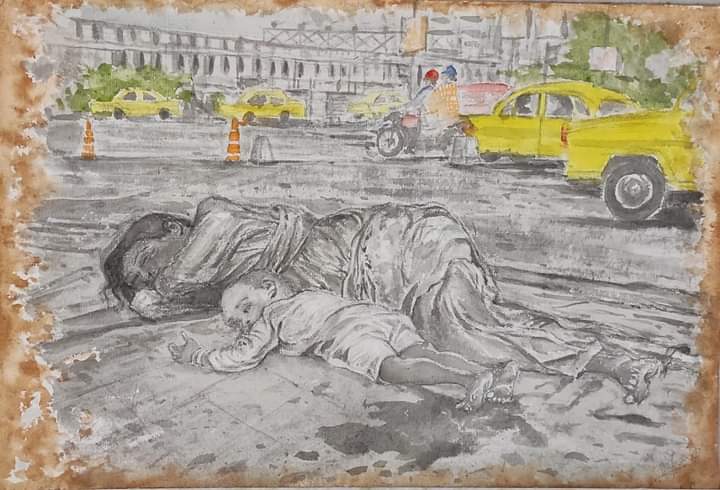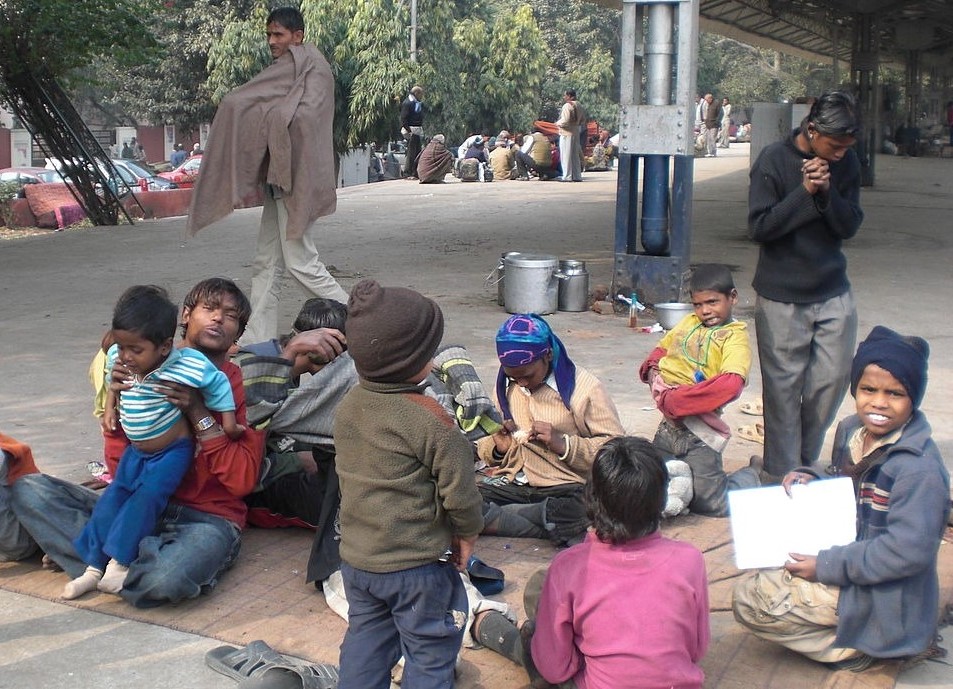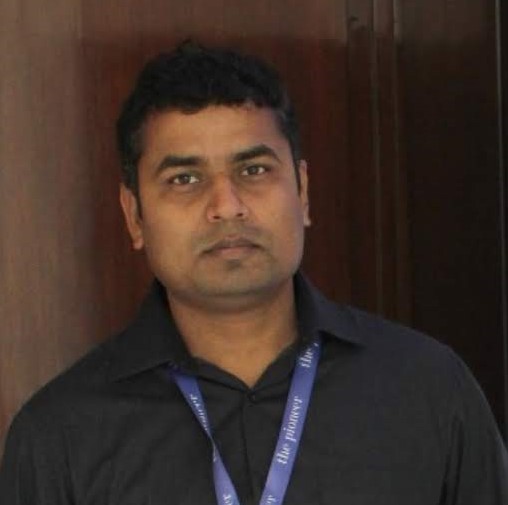According to various credible reports, an estimated 15-20 lakh children live on the streets in India.

New Delhi: India has somehow lost its way to ensure a dignified life for its children, especially girls aged between 12 and 15 years-old, who can easily be spotted begging, selling balloons, lightning bulbs, toys, fruits, books and many more at traffic lights on busy roads just to survive.
According to various credible reports, an estimated 15-20 lakh children live on the streets in India despite it becoming imperative for the states to implement the centrally-sponsored schemes for the upliftment of the poor children from their extreme condition.
Children without homes are a major issue in India, more so in urban cities and towns. Many such children can be found in railway stations, near temples and dargahs, in markets, under bridges, near bus depots and bus stops among other places. These children lack a stable home or a shelter and some of them have no family ties. They are easy victims of abuse and inhuman treatment and are often engaged in petty thefts or prostitution for economic survival.
In India, there are a number of factors forcing children to spend nights on the streets. The poor condition of the girl children also makes them learn how to cope with challenges resulting in mental and physical exploitation. Besides, these children are also exposed to high health hazards due to the unhygienic living conditions and lack of shelters. Bearing the severe heat waves, cold and rain, they have nothing but hope to be lifted by the government. The failure of the state machinery to identify and rehabilitate them has also posed a serious concern. Importantly, these children have no place to approach for solutions. They cannot approach the human right body, the police or the government to get rid of their worsening condition.

Filling a major policy void that deprived states of a common action plan to identify, rescue and rehabilitate children living on streets, the Supreme Court had last year called for a common standard operating procedure (SOP) for the entire country after such a system was devised by the National Commission for Protection of Child Rights (NCPCR).
The centre runs the Child Protection Services (CPS) Scheme – Mission Vatsalya under which support is provided to the states and Union Territory governments for delivering services to children in need of care and protection and in difficult circumstances, including rehabilitation of children living on the streets. Besides, Child Care Institutions (CCIs) established under the scheme support inter-alia age-appropriate education, access to vocational training, recreation, healthcare, sponsorship etc.
The centre and state governments have been taking various measures and introducing scores of schemes to improve their lives but due to apathetic officials, the benefits never yield fruits on the ground.
Recently, expressing concerns over the huge number of children living on the streets in India, NCPCR chief Priyank Kanoongo said a lackadaisical attitude of some of the state governments is making it difficult to identify and rehabilitate them, even as nearly 20,000 of such children have been identified through a web portal and are being rehabilitated.
The National Commission for Protection of Child Rights (NCPCR) has developed a Standard Operating Procedure 2.0 for care and protection of children in street situations which had been circulated to all the concerned authorities of the state governments, State Commissions for Protection of Child Rights (SCPCRs) and all stakeholders for implementation.
This condition of children is an utter violation of the Article 21-A, which clearly advocates for compulsory education to children between 6 to 14 years of age. While the Article 46 of the Indian Constitution (Directive principles of state policy: Promotion and protection of the educational and economic interests of SCs, STs, and other weaker sections of the society and to protect them from social injustice and exploitation) guarantees the rights, timely and effective execution of schemes is the need of the hour to make the future of India bright.

(Chandan Prakash is a senior journalist working with mainstream media since a decade. He writes on social issues, politics, health and foreign issues.)
